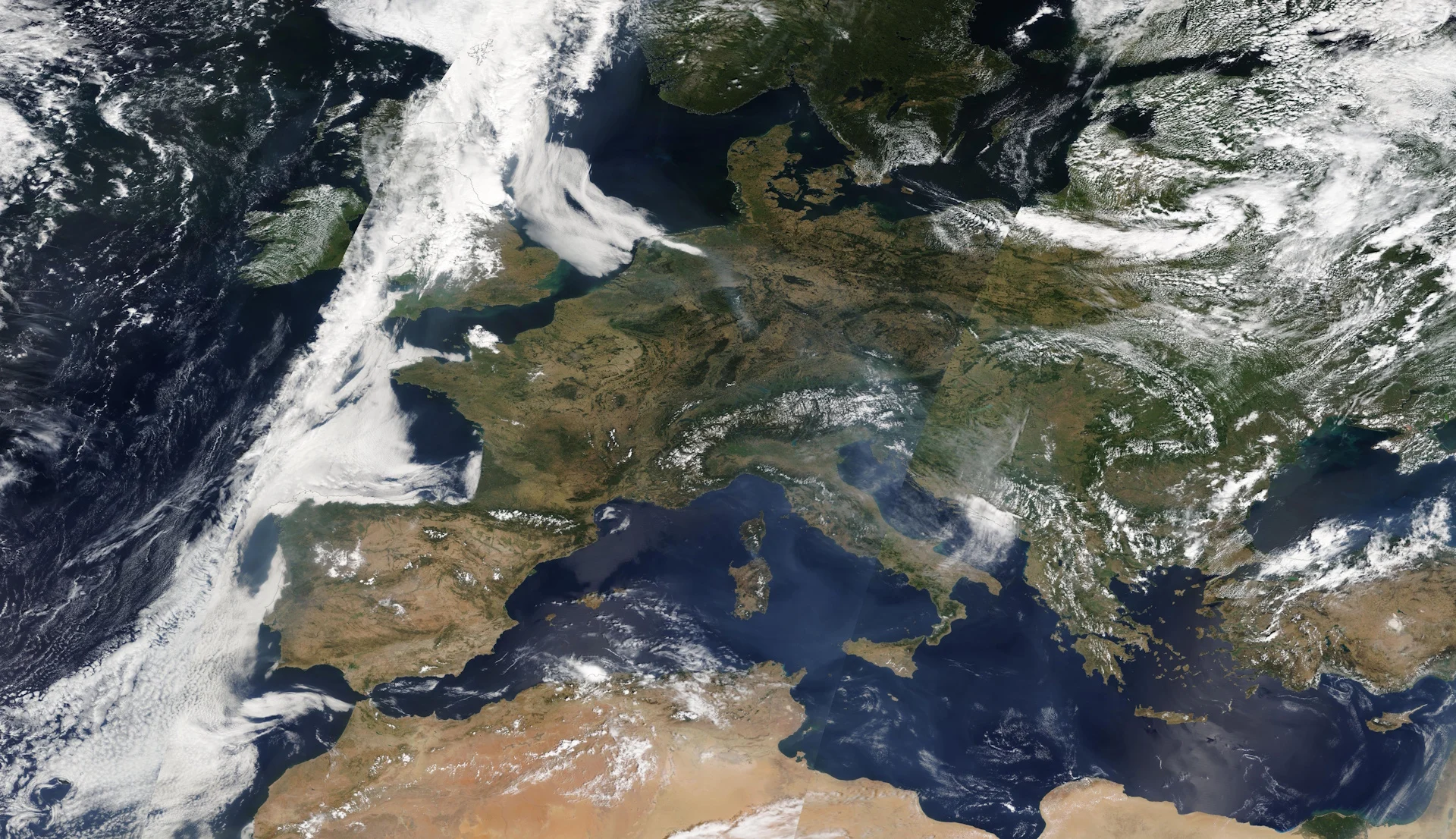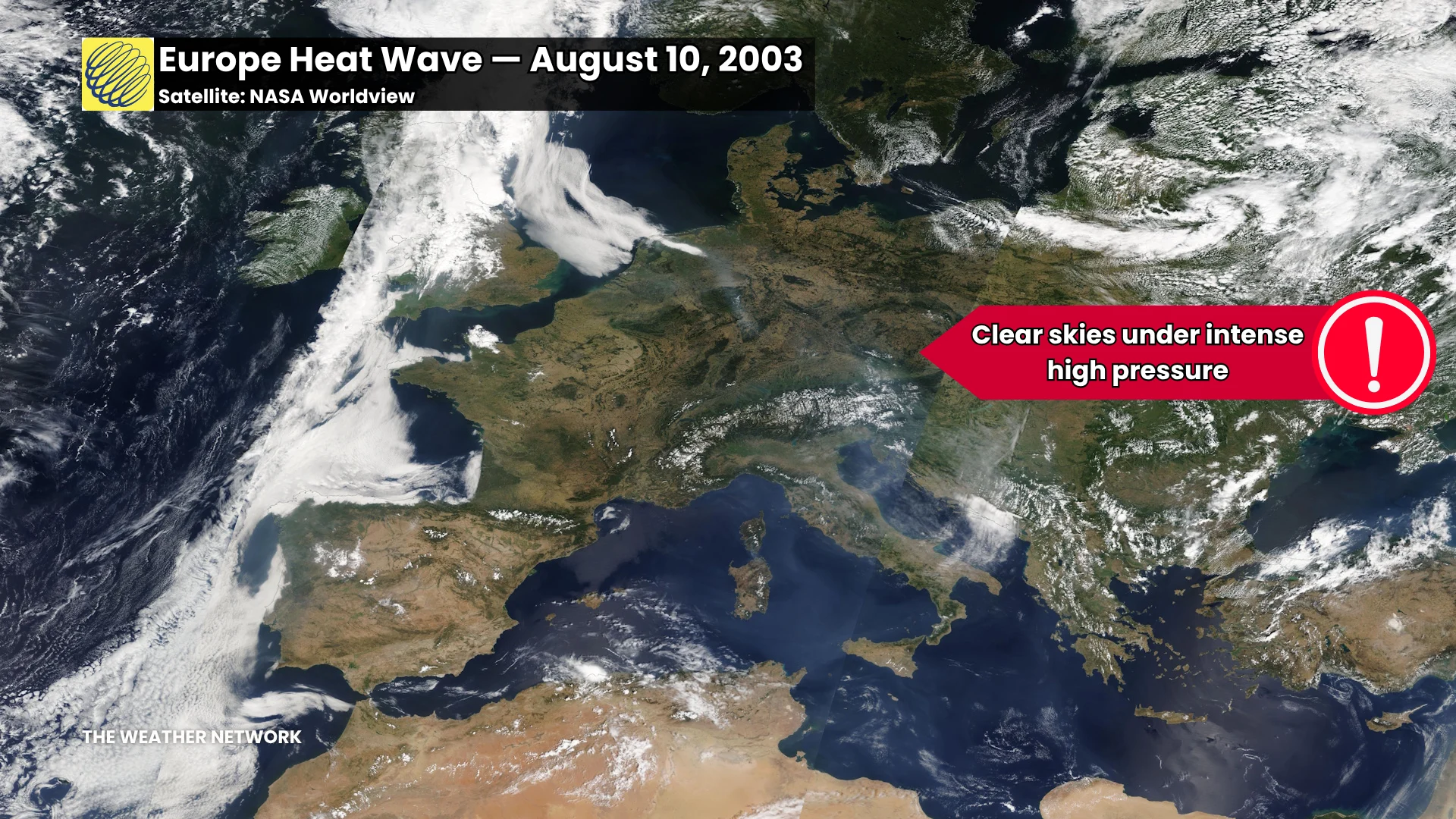
The 2003 heat wave in Europe killed more than 30,000 people
A prolonged heat wave in the summer of 2003 killed tens of thousands of people across the continent
Tens of thousands of people died during the summer of 2003 after a relentless heat wave blanketed Europe.
Temperatures soared to historic heights in the United Kingdom. Nuclear reactors shut down in France after rivers dried to a relative trickle. And widespread forest fires raged amid the hot and dry pattern.
DON’T MISS: Why extreme heat is one of the world’s deadliest weather disasters
A relentlessly hot pattern killed more than 30,000 people
Persistent ridges of high pressure dominated the continent between June and August, helping to turn the 2003 season into one of Europe’s hottest summers on record. These ridges reached their peak strength from late July through the middle of August.
The United Kingdom saw its all-time hottest temperature (up until that point) on August 10, 2003, when the community of Brogdale measured an afternoon high of 38.5°C.
Readings across France peaked at 40°C in early August, with Paris recording temperatures at or above 35°C for nearly two weeks straight.

Many thousands of people died as a result of the prolonged heat wave. Day after day of extreme heat with little overnight relief can tax healthy individuals to the point of illness, let alone those who are elderly or live with chronic health conditions. Lack of access to air conditioning exacerbated the steep death toll across the continent.
According to the United Nations, officials in France reported 14,802 fatalities—such an awful toll that communities ran out of room to store the bodies. Germany, Spain, Italy, the U.K, the Netherlands, and Portugal also suffered significant death tolls during the heat wave.
Heat had widespread environmental effects
The high heat, bright sunshine, and lack of precipitation cost billions of Euros in damages to crops throughout the region.
Dry vegetation and favourable fire weather conditions allowed forest fires to rage from Portugal to Scandinavia. Blazes ultimately consumed more than 650,000 hectares across Europe that summer.
Rivers ran unusually dry that summer. The U.K. Met Office reported that the Danube in Serbia saw its lowest depth in 100 years. Some nuclear power plants in France reportedly had to temporarily pull back operations because they couldn’t rely on rivers to cool the reactors any longer.
